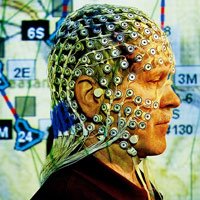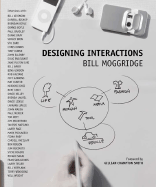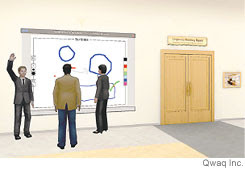Reading
Charles Stross' 2005 book
Accelerando. I note that its available in a number of forms online at
it's site. Not sure how common that has become, but its an interesting development. I had noted a study that showed that providing this kind of service has the tendency to increase book sales. Not sure if that is still true, or if it only is observed for certain kinds categories of works.
I have experimented with reading works online and with specialized book readers as an ebook, but it does not work for me with a work of any length. Paper is still a remarkable medium.
The book manages to compress many ideas in a very short space. I have not counted them but there are dozens per page. Many of which we have sought to understand as useful views in a technological future. There is even a
technical companion / glossary, though incomplete on Wikibooks. Although I like the companion at one level, should fiction need a technical glossary? Stross apparently picked all these items up during his own tenure as a programmer in the 90s. It would be interesting to review the book in 20 years to see if these topics are still in the news, or are even intelligible then. So the technological mentions are dense ... but I even with Scifi I do demand character development and engagement. That does not happen all the time with Scifi, hope it does so here. If you have been following technological directions in the past ten years this book will often bring a smile or smirk to your face.






